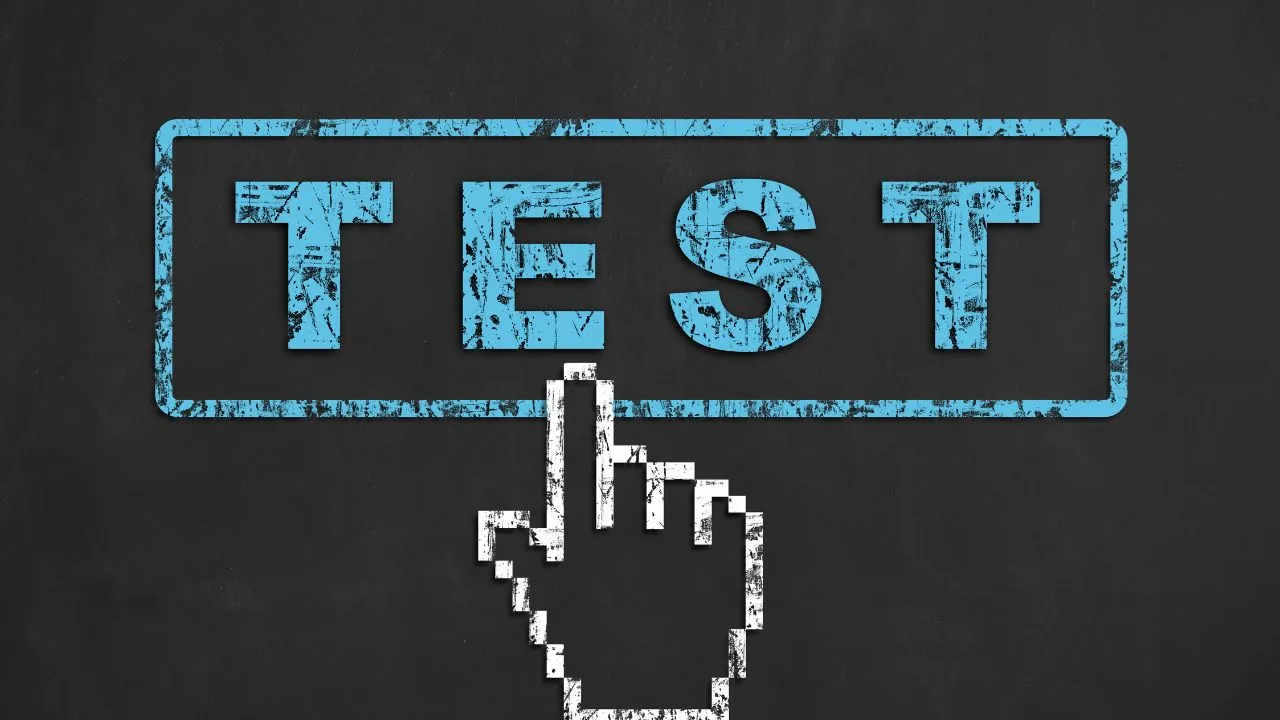Snowflake is a software as a service that is based on a data warehouse platform and is built on Amazon Web service infrastructure. Basically, it is part of the Snowflake Test, which is a type of software testing technique that is used to understand software systems units. It is an effective tool that helps to determine the adaptability of a software system and how it can manage the changing requirements.
This test is applied by enterprise systems, custom software solutions, cloud base applications, and much more. So, if you are interested in Snowflake Testing, then let’s walk you through the use of snowflake testing and its benefits.
What is Snowflake Testing?
Snowflake testing is used to understand the uniqueness, unexpected units, or adverse cases. In the case of the system software, unexpected data might be present. Suppose you have input any invalid or extreme conditions – then you need to determine whether the system can handle the entire aspect without behaving in an unstable manner or breaking down. With this, you can determine the potential issues that can arise in the production environment.
What Are The Benefits Of Snowflake Testing?
The benefit of Snowflake Testing is that it helps to identify and prevent potential issues which can arise in the production environment. If there is a crash, then it can lead to poor user experience, and this is where Snowflake Testing is necessary.
If you conduct a Slowflaked Testing, then you can easily identify these issues and make necessary adjustments. This testing is a boon for developers. Snowflake tests help you to get a better understanding of the software system, and you can use the information for development and testing strategies.
Also, you get to understand the level of uniqueness and, based on that, improve the testing strategy by designing a comprehensive testing approach. You can also improve the overall quality of the software through Snowflake testing.
What Are The Different Methods Of Snowflake Testing?
There are different methods of Snowflake Testing that include – Testing the database scheme, Testing initial data loads, Testing delta loads, and Testing the downstream system
1. Testing The Database Scheme
In the case of Testing the Database Scheme, you need to transfer the database objects from the data source to the Snowflake data warehouse. Here all the schemes, columns, sequences, views, and objects are compared. You can also add a query to the system table of data sources. You can also detect missing columns or any incorrect mapped data type by running this test.
2. Testing Initial Data Loads
In this type of Snowflake Testing, you need to load one-time historical data from data sources to either Google Cloud Storage or Amazon S3 and then into Snowflake. You need to detect data transmission and data issues while loading. Also, you can identify data transformation. The data set can be quite huge after you load the historical data and thus require different tests for on-time execution.
3. Testing Delta Loads
The daily transaction that occurs from the data source to the data warehouse is called data delta loads. You need to treat this data load separately. Also, you need to ensure data loads are present in sync while you are conducting Snowflakes Testing.
4. Testing Downstream Systems
You need to maintain a uniform data flow for both data sources and Snowflake. This also involves ELT tools and BI tools that pull out data from the sources.
How Is The Snowflake Testing Conducted?
The number of unique features and functionalities that the software has been incorporated with can be tested through Snowflake testing. You can also code a thorough review of the software system and mark the design, note down the implementation requirements, and generate documentation.
The test results are analyzed, and documents are created to verify their uniqueness. While the process is continuing, the team looks at the features and functions that are unique to the software system. This might include features that have not been found in another software system.
Also, functions that have been custom-built are tested, and functions that have been modified or adapted to meet specific requirements are also tested. The result appears in a clear and concise manner which informs about the development and testing strategy. Developers also use the test to assess the quality of the system software.
What Is The Key Consideration That Must Be Monitored While Conducting A Snowflake Test?
First comes objectivity, and you must use the same criterion or approach for every software that is being tested. This will help you to get results that would be meaningful and comparable.
You must also find relevance during the software system, test the criterion, and approach should be designed specifically for the software that you want to access and understand its uniqueness.
You must also keep collaborators from different teams during the Snowflakes Test. This might include the testing teams, stakeholders, development team, and more. So, you must take into account relevant perspectives and results that are meaningful.
What Are The Challenges You Can Face During Snowflake Testing?
Snowflake testing can be time-consuming, and a single-minute error can lead to a loss for the company. The challenges that you might face are ETL testing, which is a type of black box testing that involves testing without looking at other internal structures. So, there are no specific rules, and also there is no graphical user interference to maintain an easy and smooth workflow.
While you are comparing a large data set manually, it can be time-consuming and also full of error events. Small data sheets can also lead to human error. Reaching out to every data source manually when a company is using too many data sources, can become tedious during manual comparison.







